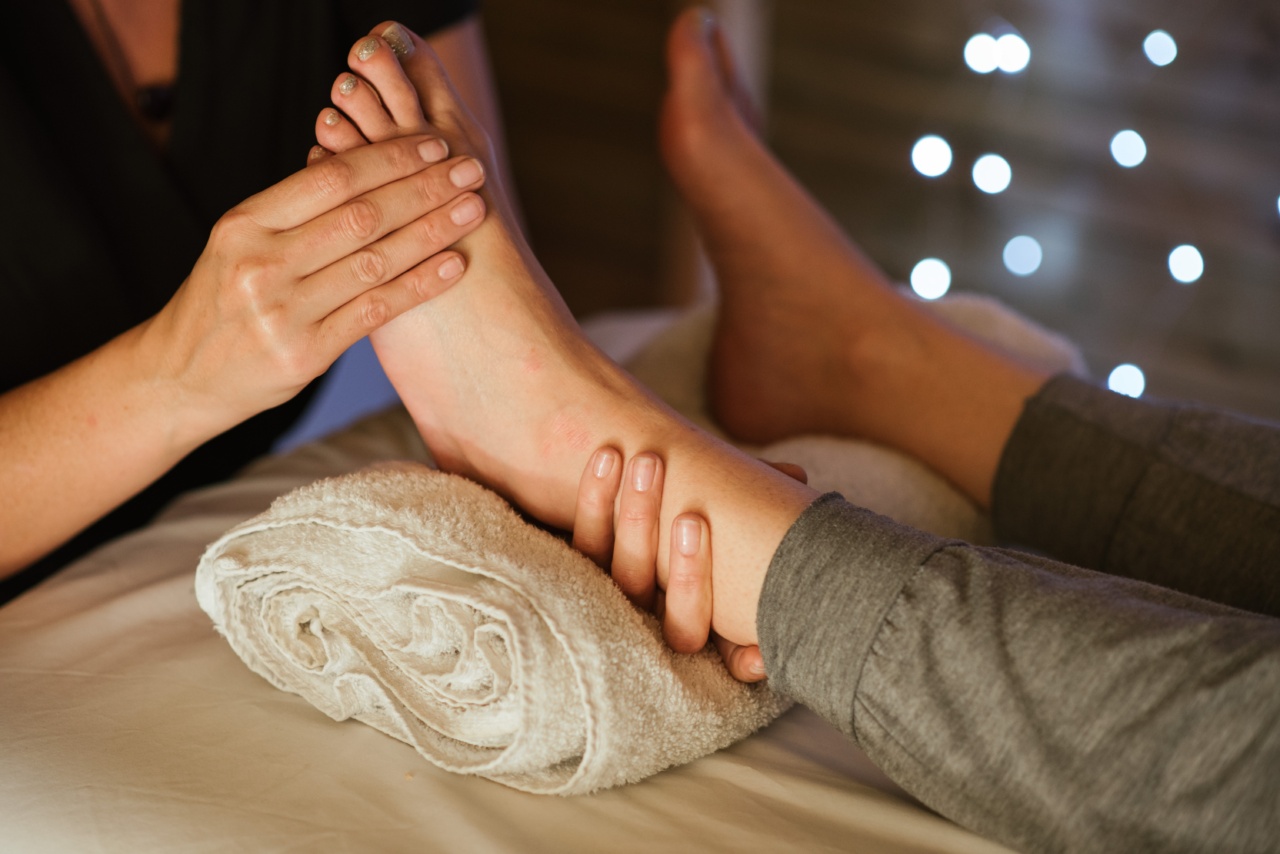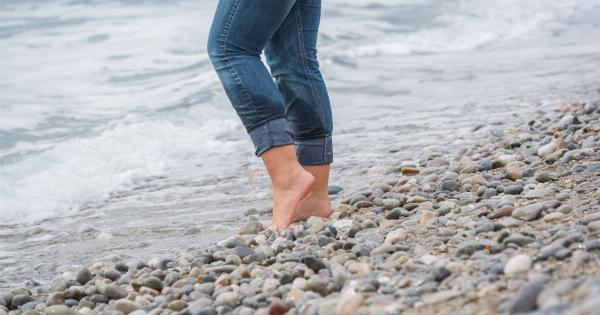Foot cramps can be incredibly painful and disruptive, making it difficult to walk or even stand. They are often caused by muscle fatigue, dehydration, mineral deficiencies, poor circulation, or nerve damage.
Regardless of the cause, finding relief from foot cramps is essential for restoring comfort and mobility.
Understanding foot cramps
Before we delve into the treatments of foot cramps, it’s important to understand what causes them and how they affect our bodies. A foot cramp occurs when a muscle in the foot or calf tightens and contracts involuntarily.
This sudden and intense contraction can cause sharp pain, stiffness, and immobility in the affected area.
Foot cramps commonly affect the muscles in the arch of the foot, toes, or the calf muscle. They may last for just a few seconds or persist for several minutes, and the pain can range from mild to severe.
Immediate relief for foot cramps
When a foot cramp strikes, quick relief is essential. Here are some simple strategies to help alleviate the pain and discomfort:.
1. Stretching and massaging the affected area
Gently stretch and massage the cramped muscle to help it relax. Use your hands to apply pressure to the affected area or try stretching the foot and calf muscles by pointing your toes upward.
2. Applying heat or cold therapy
Place a warm towel or heating pad on the cramping muscle to promote blood flow and relax the muscle. Alternatively, you can apply an ice pack wrapped in a cloth to reduce any inflammation and numb the area.
3. Walking or shaking the foot
Attempt to walk on the affected foot or shake it gently to encourage the muscle to relax. Movement can help improve circulation and ease the cramp.
4. Taking a warm bath
Soaking your foot in warm water can help relax the muscles and ease the pain. Add Epsom salts to the water for additional relief as they are rich in magnesium, which can help alleviate cramps.
Treatments to prevent foot cramps
While immediate relief strategies can be effective, it’s crucial to address the underlying causes of foot cramps to prevent future episodes. Here are some long-term treatments and preventive measures:.
1. Staying hydrated
Dehydration can contribute to muscle cramps, so ensure you are drinking enough water throughout the day. Aim to consume at least eight glasses of water or more if you are physically active.
2. Eating a balanced diet
Include foods rich in calcium, magnesium, potassium, and vitamin D in your diet. These nutrients play a vital role in muscle function and can help prevent cramps. Good food choices include leafy green vegetables, bananas, yogurt, almonds, and salmon.
3. Regular exercise and stretching
Regular exercise can help prevent foot cramps by improving circulation and muscle strength. Additionally, performing stretches targeting the feet and calves can help reduce the risk of cramping.
4. Wearing comfortable and supportive shoes
Ensure your shoes fit properly and provide adequate support. Ill-fitting or unsupportive footwear can lead to muscle strain and cramps.
5. Taking supplements
If your cramps are caused by nutrient deficiencies, your doctor may recommend supplements to address these imbalances. It’s important to consult with a healthcare professional before starting any new supplements.
6. Managing stress levels
Stress can affect muscle tension and contribute to cramping. Incorporating stress management techniques such as meditation, deep breathing exercises, or yoga into your routine can help prevent foot cramps.
When to seek medical attention
In most cases, foot cramps are harmless and can be managed with self-care techniques. However, if you experience frequent or severe foot cramps that persist despite trying the above methods, it is advisable to seek medical attention.
Additionally, if your foot cramps are accompanied by other concerning symptoms like numbness, tingling, or swelling, it is important to consult a healthcare professional to rule out any underlying conditions.































